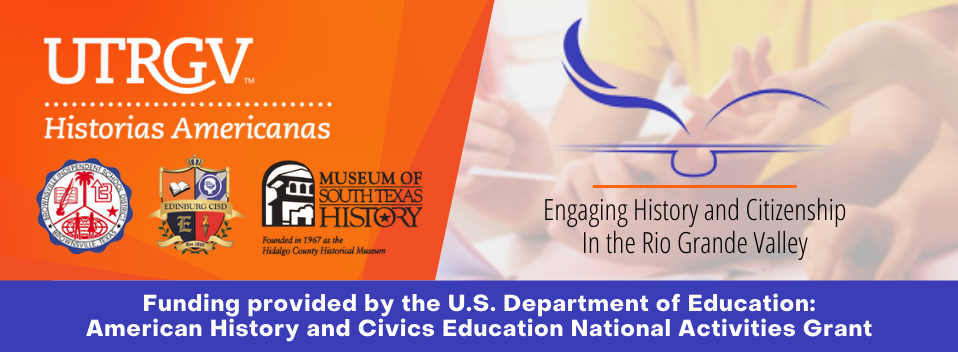
Relevant Research and Articles
Constructing Maya Communities: Ethnography for Archaeology
Document Type
Article
Creation Date
12-1996
Keywords
Constructing Maya Communities: Ethnography for Archaeology
Description
Given that millions of traditional Maya live today, it is surprising how little ethnography has figured into reconstructions of their ancient societies. Early Mayanists pointed out many continuities between the present and the past. For example, de Borhegyi (i956) argued that a conservative Maya folk culture had adapted to state institutions on its own terms in the course of being dominated for successive soo-600-year intervals by its own elite (the Classic period), aMexicanized elite (the Postclassic), and a European elite (the colonial period to the present). While the living Maya of Chiapas and Guatemala provided homologies for interpreting the Classic Maya during the ig6os, the continuity approach has had relatively little impact on mainstream archaeology. What cultural lens is appropriate for interpreting the residue of Maya civilization? Certainly epigraphy and ethnohistory written by the Maya themselves temper modernist Western perceptions, but it is recent uses of ethnography that have resulted in breakthroughs such as the discoveries that Classic rulers called forth their ancestors (Schele and Freidel i990) in shamanic rituals like those enacted by lineage heads on hilltop altars in Guatemala today, that basic iconographic elements and cosmological principles have endured since the Classic period (Freidel, Schele, and Parker I993, Fox i996), and that ancestor veneration like that of today is expressed in the design of Classic-period ceremonial centers (McAnany i995). We examine the continuity between the present-day emic social organization of local communities (Carmack i966, Vogt i969) and the earlier principles of lineage alliance that allowed the construction of successively larger blocs of communities nested within the aboriginal segmentary state. The organizational formats are culled from colonial dictionaries, conquest-period native chronicles, present-day oral narratives, and ethnography. We suggest hat Classic Maya archaeology would benefit from the guidance of ethnography just as epigraphy has complemented and corrected some of the excesses in interpretation from the materialist theoretical perspective. In this study, segmentary lineages in highland Guatemala and Yucatan are traced from the Classic Postclassic transition (ca. A.D. late 800s-goos) to the present to show how they aggregated into egalitarian and hierarchical polities. Lineages split, migrated long distances to fuse with conquered peoples in new localities, and amalgamated with scattered fraternal lineages when threatened (on rebellions, dispersals, and shifting states, see Tambiah i985:322-26; Kelly i985:72). The Maya community was made up of intermarrying patrilineages that shared a patron deity and replicated this pattern within successively larger aggregations. Lineages competed for rank and special prerogatives; such political struggles constitute much of the dynamics expressed in Classic-period epigraphy and Postclassic ethnohistory. Accordingly, from ethnography, ethnohistory, archaeology, and mythology we summarize lineage alliances for the Postclassic, ca. A.D. 900-I520S, political roles of lineages within land-sharing sodalities from the colonial period to the present, and evidence for status and wealth differentials between lineages.' Case studies of segmentary lineages in the Quiche municipality of Momostenango in the densely populated highlands of Guatemala and the Yucatec village of Ox Mul in the frontier rain forest of Belize delineate nearly opposite ends of the spectrum of community size and traditionalism and may speak to pan-Maya commonalities, past and present.2 Our survey begins in the highlands, where lineages are better documented.
Alternative link here.
Recommended Citation
Fox, J. W., Cook, G. W., & Demarest, A. A. (1996). Constructing Maya Communities: Ethnography for Archaeology. Current Anthropology, 37(5), 811–830. https://doi.org/10.1086/204565

